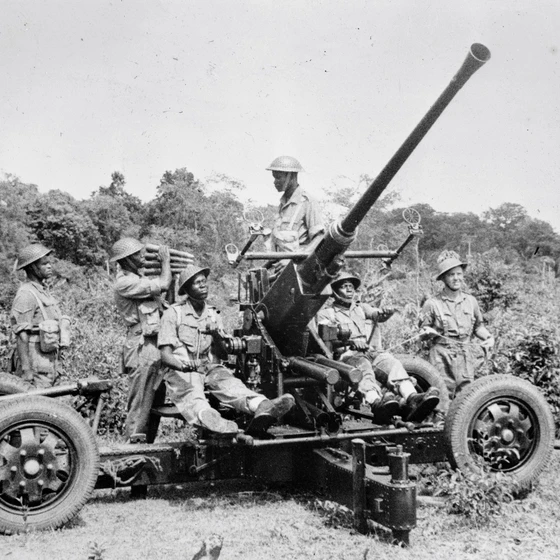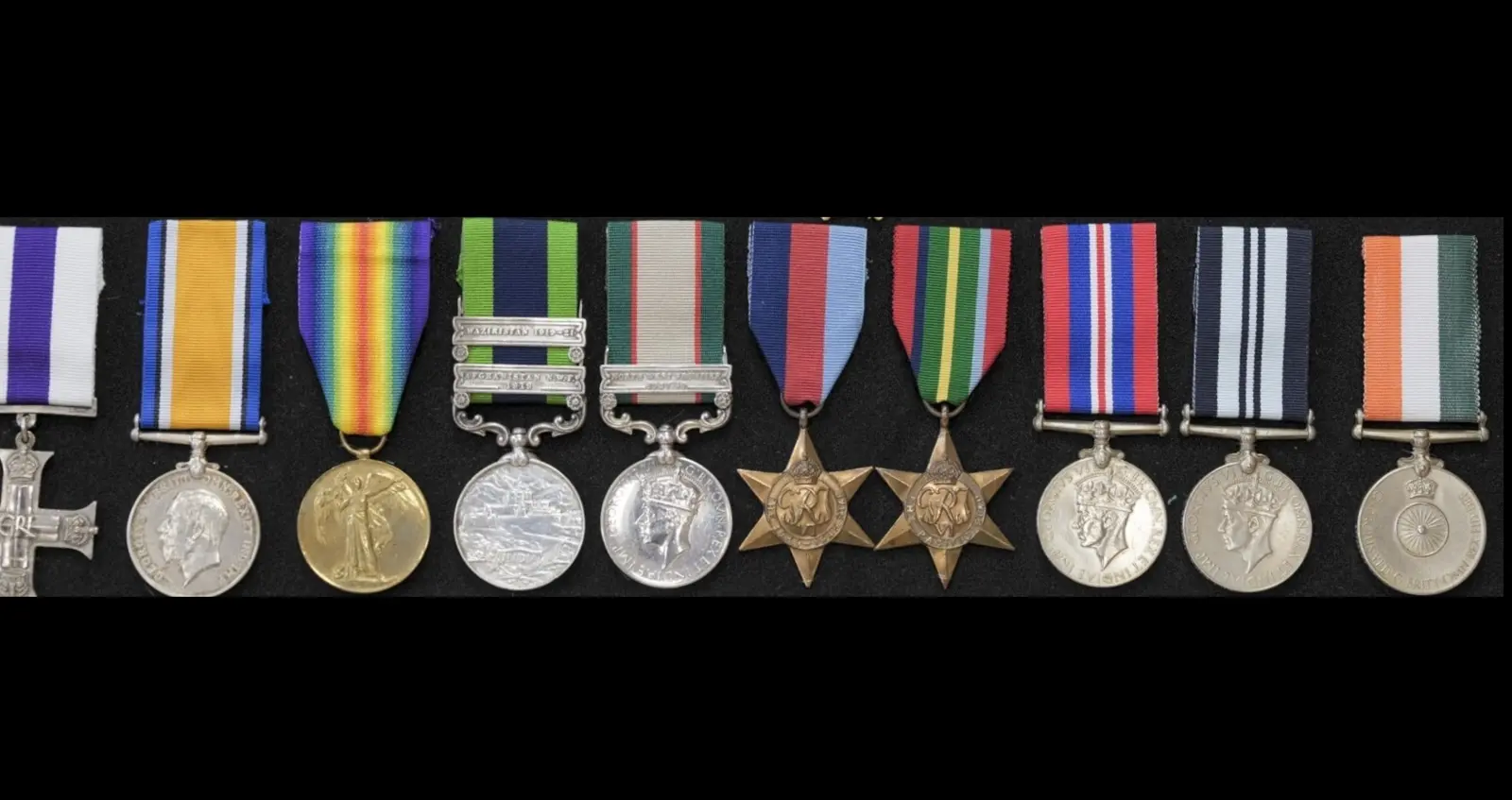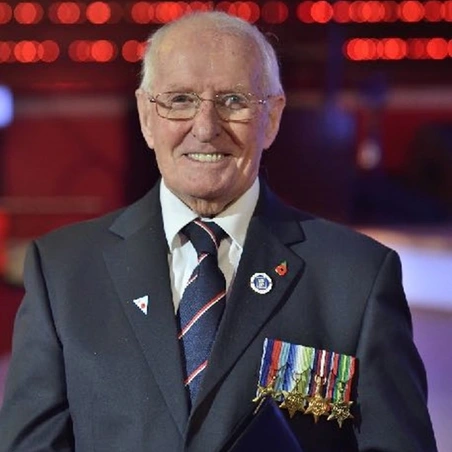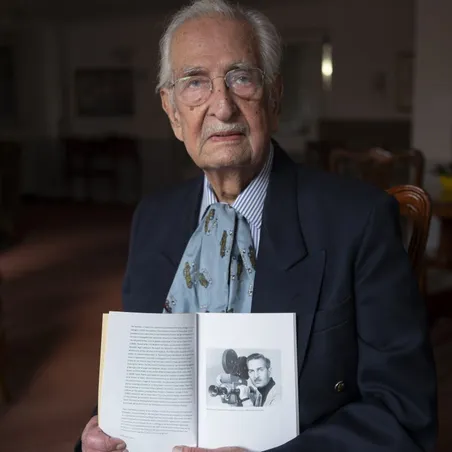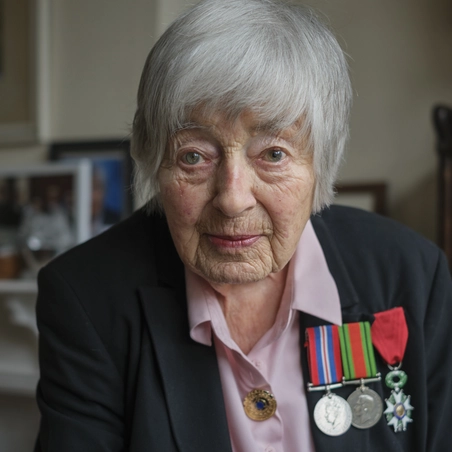Pessima was appointed as the personal bodyguard to 1 SLR's Commanding Officer, Lieutenant-Colonel (later Brigadier) Kenneth Philip Molyneux Carter MC, Lancashire Fusiliers. During the Second Arakan offensive, Pessima recalls that 1 SLR was ordered to relieve the 1st Battalion, The Gambia Regiment, which was suddenly attacked by the Japanese. Most unusually, he explains that they managed to take three Japanese prisoners, who were brought to Colonel Carter.
In late 1944, the Division saw further gruelling action in the Arakan, this time in the Kaladan River valley. Pessima recalls: "We used to charge up hills in a zig-zag formation, before digging waist-deep trenches at the top". He explains: "There was a big riverbed which was a bit dried out. While crossing it, we were attacked by Japanese aircraft, and I was shot in the back". Evacuated initially to the Regimental Aid Post, he was subsequently moved to a field hospital at Taung Bazar. From there he was flown to Poona in India, where he spent three months in a hospital recovering from his wounds.
In Burma at the start of 1945, the 81st Division embarked on a coordinated assault with the 82nd (West Africa) on the city of Myohaung. Despite the challenging terrain, monsoon conditions and fierce resistance, the West African troops forced the Japanese to abandon the city. This was a significant turning point in the battle for Burma. The division was withdrawn from active service, having been on operations for over twelve months, and left Burma in March 1945 to return to India.
After his return to Sierra Leone, Pessima was discharged from the Army in December 1946. He subsequently joined the MAF (Ministry of Agriculture and Food) as a messenger, retiring as a senior messenger in 1999. Today he enjoys his retirement in Freetown.

